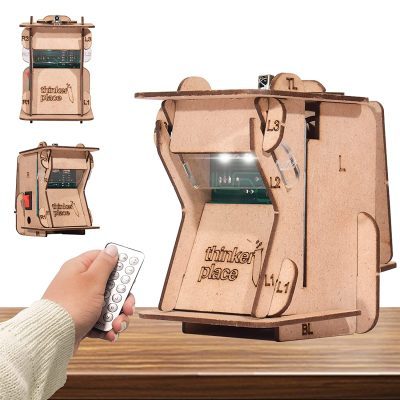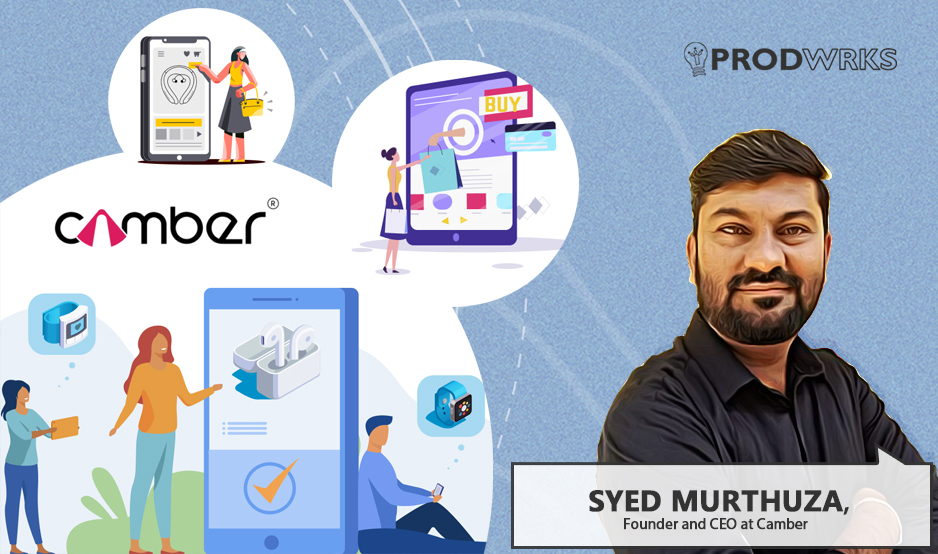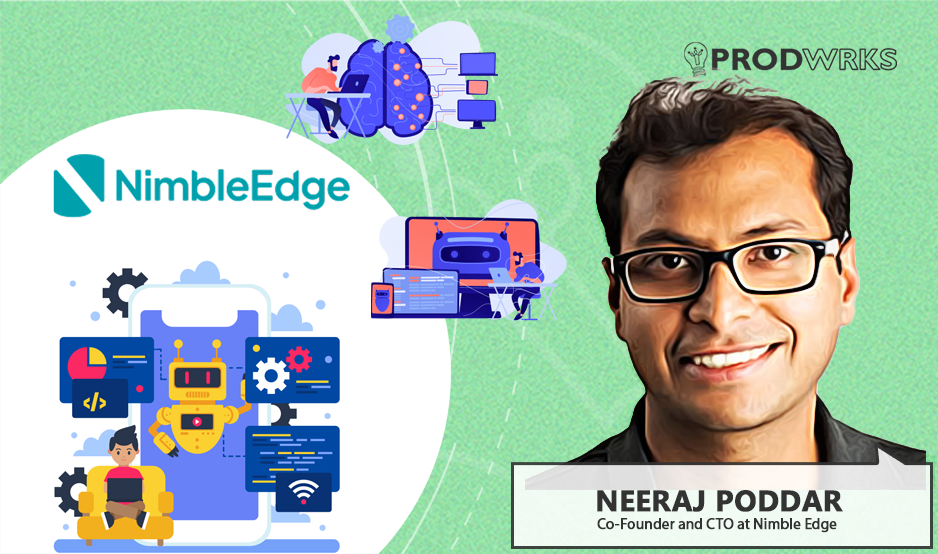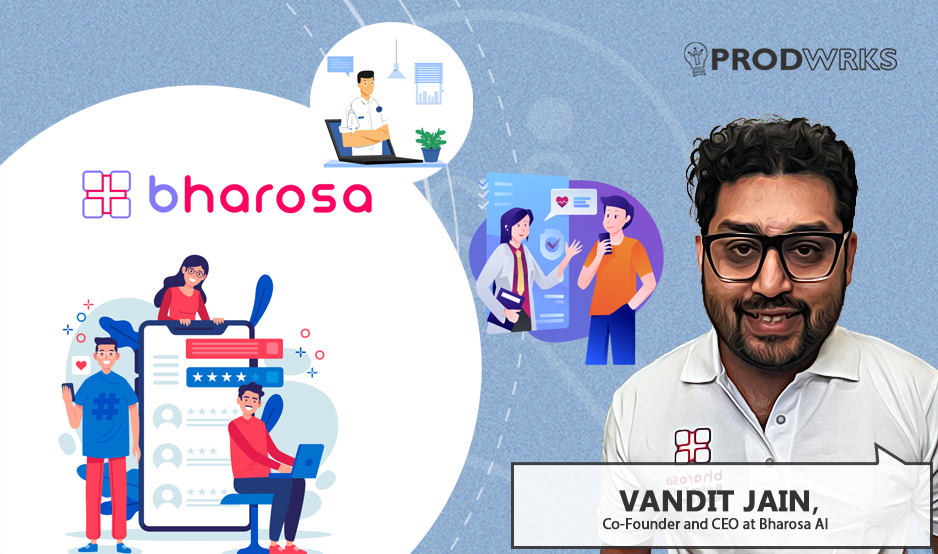
Imagine a world where children are not only excited about STEM subjects (science, technology, engineering, and mathematics) but also apply these concepts in real-life scenarios. By integrating technology into educational products, ThinkerPlace, an EdTech platform is making this vision a reality for school-going kids.
ThinkerPlace was established in 2019 by Deepti Sharma, Director of Lexicon Kids, and Saurabh Tiwari, a renowned scientist with 9+ patents to his name. The company has developed a wide range of educational toys and an integrated learning management system that delivers hands-on education to children of various ages.
Recently, ThinkerPlace achieved a significant milestone by going national on JioTV, in collaboration with Padhega Bharat, and they’ve been recognized as an emerging startup working in the field of education by the Ministry of Commerce & Industry, Government of India.

In this exclusive interview with ProdWrks, Deepti Sharma, the Director of ThinkerPlace, shares insights into the company’s journey and approach to developing products for kids. Join us as we discover how ThinkerPlace is shaping the future of education in India.
1. What inspired you to create educational toys based on STEM?
We identified an issue that is very common among children. They find STEM subjects very difficult as they don’t have the proper means to apply these concepts in real life. To bridge this gap, we came up with ThinkerPlace, which helps kids apply their theoretical knowledge in real life. We started in 2020, in the lockdown era when kids had no access to practical learning. It was the perfect time to introduce educational toys to kids.
We make educational STEM DIY Toys that introduce various futuristic skills to children, like robotics, coding, automation, IoT, and more. We want our DIY educational toys to be the first point of contact for children and parents when it comes to the introduction of STEM and its infinite possibilities.
2. How do you engage and understand different stakeholders like students, teachers, and parents during product development?
To understand what kind of DIY toys will help kids with their education, we do regular discussions with teachers and parents to understand the curriculum and how we can implement theory concepts into DIY toys. These discussions help us to develop toys that engage kids in a fun learning process and simplify STEM concepts for them.
During these discussions, we also realized that kids often get bored reading manuals when they are involved in a DIY project. To make it interesting, we came up with a Learning Management System (LMS), which is filled with fun and interactive videos that kids enjoy while building their toys. Other than that, we also conduct various workshops for any new product range that help us understand how user-friendly it is and what is the overall feedback.

3. How do you incorporate user feedback to make your products better?
We send our products to different batches of kids to understand if the products are age-appropriate, the difficulty level, whether kids can implement concepts in real life, how engaging the product is, and many such parameters. We also take feedback from parents and teachers to check if the concepts are covered in the curriculum and which age group can assemble the DIY toy.
Once our product is launched, we receive feedback from parents and teachers through various online platforms. It gives us an overview of how our products are doing in the market and in what ways we can improve them.
4. What are the major challenges you faced while designing products for children, and what were your key takeaways?

Our first challenge was simplifying and inculcating complex STEM concepts in DIY toys. We discussed and brainstormed with various STEM and industry experts to develop products relevant to kids and help them with complex STEM subjects. Secondly, we ensured that all the components in our DIY toys are safe for kids. Our products go through several QC processes to make sure it is safe for kids.
When we started with ThinkerPlace, we gathered that children mostly learn all the concepts that are taught by their teachers, and during the lockdown, this became a major challenge with no physical learning. We bridged that gap where kids can learn and implement concepts on their own, and in case of any doubts, they can contact our STEM experts for guidance.
5. How do you ensure your products remain relevant and effective in delivering learning outcomes over time?
Our research and product development team brainstorms various ideas in the world of STEM, coding, software development, electronics, automation, etc. To stay up-to-date, we discuss with national and international STEM experts to understand the new trends and also host knowledge-sharing sessions on children’s curriculum and their overall personality development with teachers, principals, and parents. The skills kids develop from our toys are evergreen, and they will help them in all walks of life.
6. What goes into building a successful educational product brand?
The very first step to building a successful educational brand is to identify the problems and needs of your target audience. The target audience of your brand is mostly parents and kids. You have to understand the issues parents face while guiding their kids and what problems kids face in their curriculum.
After thorough market research, you can start building your brand and community as well. When you start building a community with your brand, you get a loyal customer base who keep coming back to your products. You can do this by encouraging them to participate in events, interacting with each other, and providing feedback.



